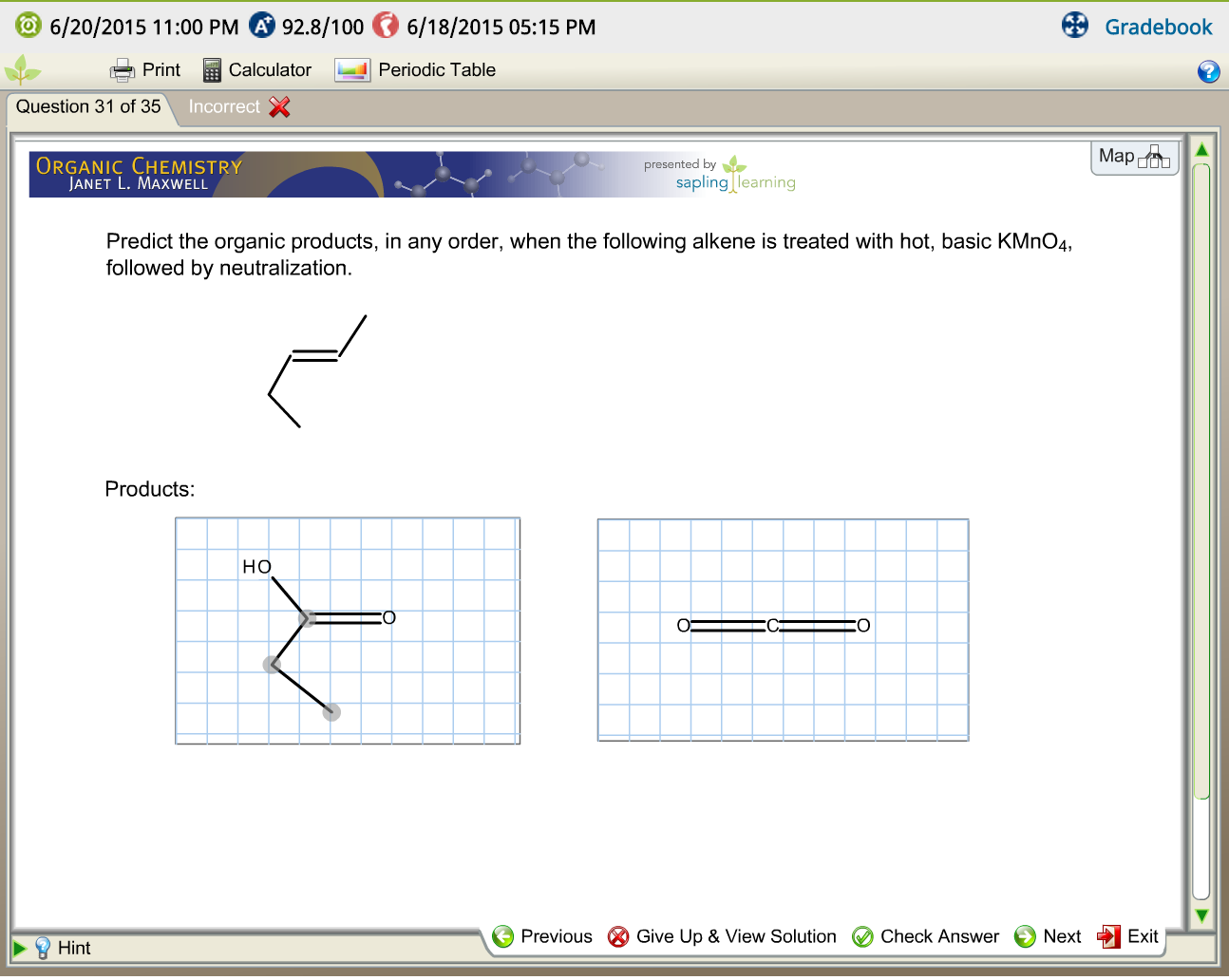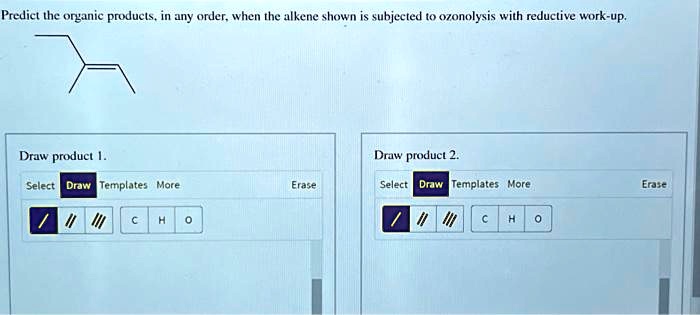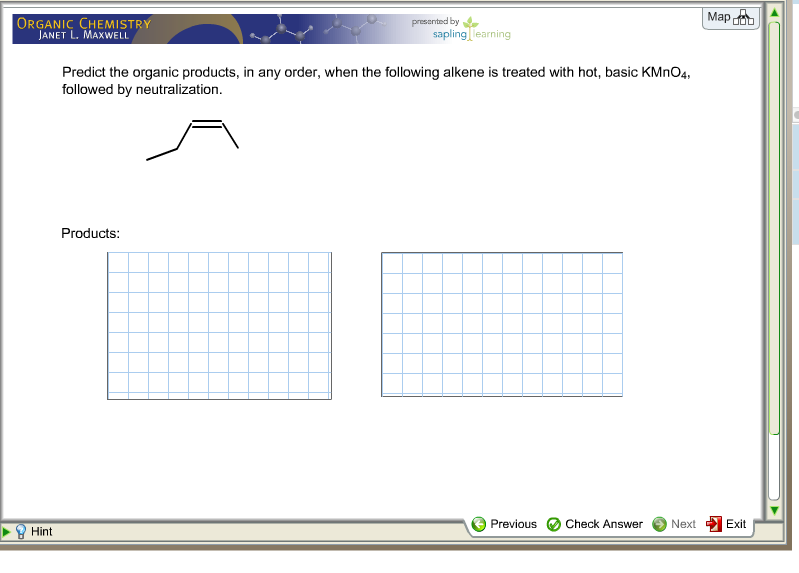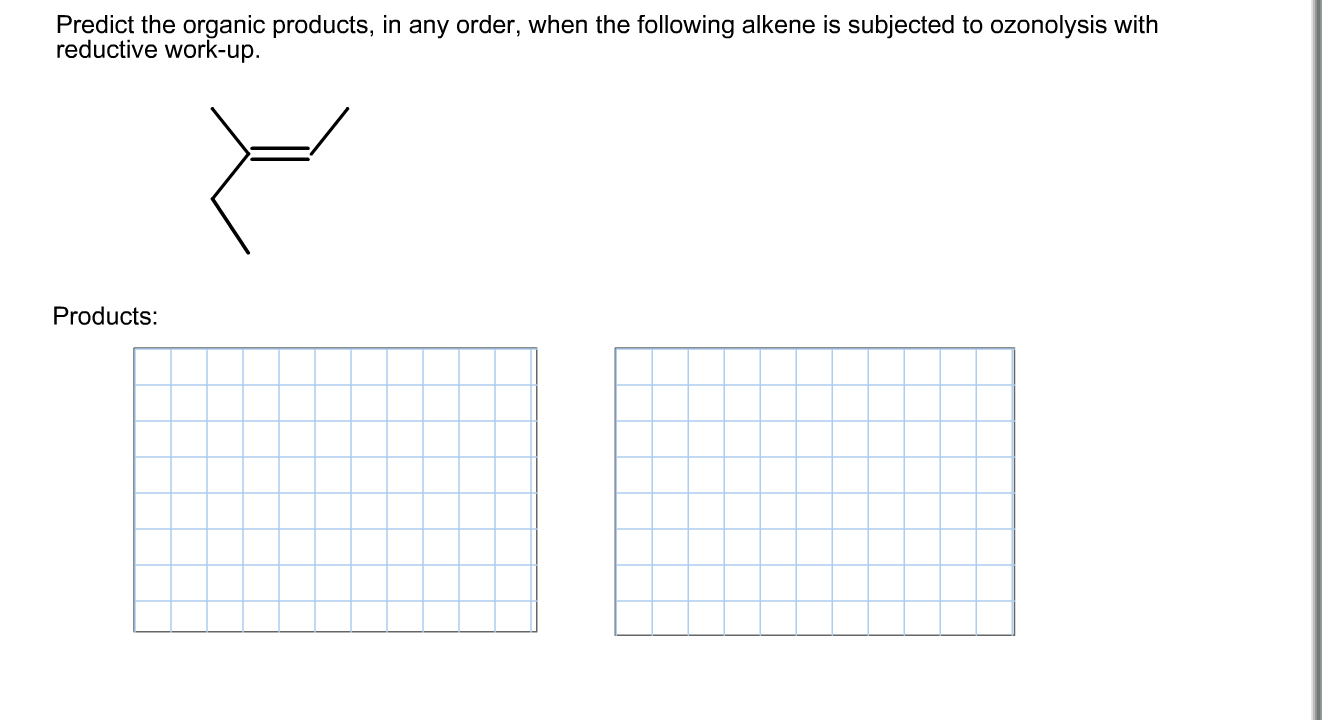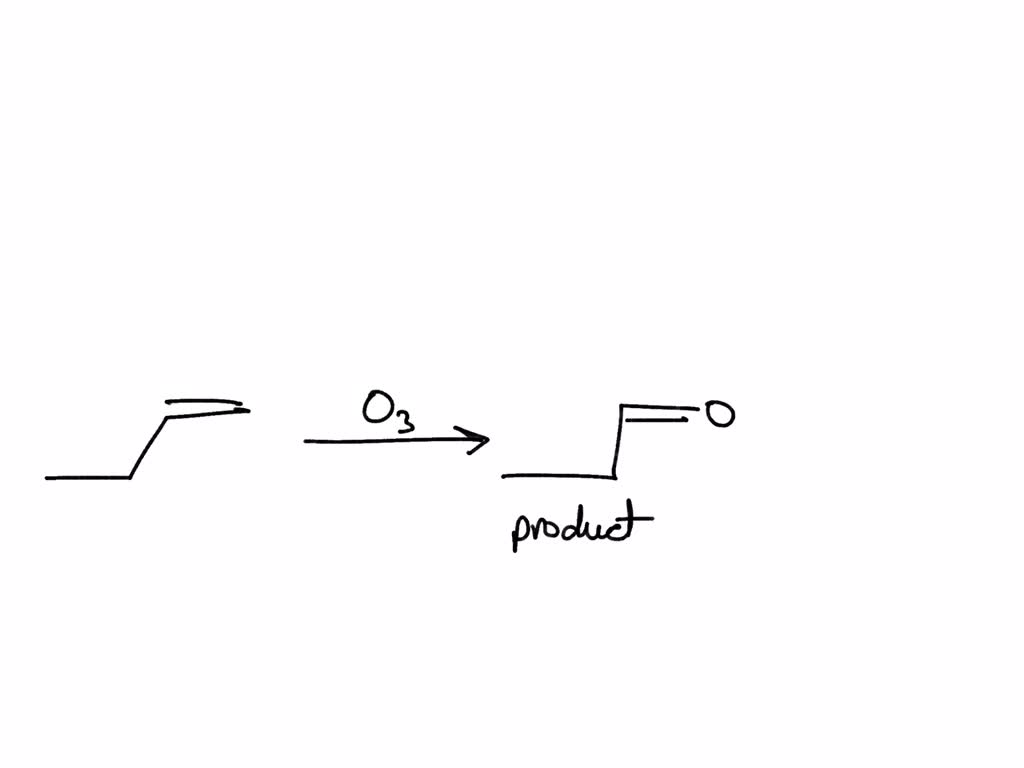Predict The Organic Products In Any Order

The organic food industry, once a niche market, is now a multi-billion dollar behemoth. Consumers are increasingly driven by health concerns, environmental consciousness, and a desire for transparency in their food supply chains. But with rapid growth comes increased complexity, making it challenging to forecast which organic products will dominate the market in the coming years.
Understanding the future of organic products requires analyzing current market trends, consumer preferences, technological advancements in agriculture, and the evolving regulatory landscape. This analysis aims to offer insight into which organic categories are poised for significant growth, and the factors that will drive their success or potential challenges they will face. The organic food market is highly dynamic, influenced by various interconnected forces.
Current Organic Market Landscape
The organic food market has experienced consistent growth over the past several decades. According to the Organic Trade Association (OTA), U.S. organic sales reached a record $67.6 billion in 2022, demonstrating the sector's resilience even amid economic uncertainty.
Fruits and vegetables consistently lead organic sales, representing the largest category. Dairy and eggs, packaged and prepared foods, and beverages also command significant market share, reflecting the increasing demand for organic options across all food groups.
Predicting Future Growth Areas
Organic Produce: Continued Dominance
Organic fruits and vegetables are expected to maintain their leading position in the organic market. The growing awareness of the health benefits of organic produce, particularly concerning pesticide residues, will continue to drive consumer demand.
Innovative farming techniques, such as vertical farming and hydroponics, are also being adapted to organic production, potentially increasing yields and expanding the availability of organic produce in urban areas. This addresses logistical challenges and supports localized food systems.
Organic Dairy and Alternatives: A Shifting Landscape
While organic dairy remains a strong segment, the rise of plant-based alternatives is reshaping the market. Organic oat milk, almond milk, and soy milk are gaining popularity, driven by consumers seeking dairy-free options for health, ethical, or environmental reasons.
The challenge for organic dairy producers will be to adapt to these changing preferences, potentially by diversifying their product offerings to include organic plant-based alternatives or by emphasizing the unique benefits of organic dairy production. Sustainability is a key factor for maintaining market share.
Organic Meat and Poultry: Premium Choices
Organic meat and poultry represent a smaller but growing segment of the organic market. Concerns about animal welfare and the environmental impact of conventional meat production are driving increased demand for organic options.
However, organic meat and poultry production can be more expensive and complex than conventional methods, leading to higher prices for consumers. Overcoming these cost barriers and ensuring transparency in supply chains will be crucial for the continued growth of this sector. Clear certification is also important to avoid consumer confusion.
Organic Packaged and Prepared Foods: Convenience Meets Conscience
The demand for organic packaged and prepared foods is increasing as consumers seek convenient meal options that align with their values. Organic snacks, frozen meals, and ready-to-eat entrees are becoming more widely available.
The challenge for manufacturers is to create organic packaged foods that are both delicious and nutritious, while also minimizing environmental impact. Packaging material and sustainable sourcing are critical considerations.
Organic Beverages: Beyond the Juice Box
The organic beverage market extends beyond organic juices, including organic coffee, tea, and alcoholic beverages. The demand for organic and ethically sourced coffee is particularly strong, driven by concerns about labor practices and environmental sustainability in coffee production.
Organic wines and beers are also gaining traction, as consumers seek alternatives to conventionally produced alcoholic beverages. Transparency about sourcing and production methods is a significant factor influencing purchase decisions.
Factors Influencing Organic Market Growth
Consumer awareness and education are crucial drivers of organic market growth. Increased awareness of the health benefits of organic food, as well as concerns about pesticide residues and genetically modified organisms (GMOs), are motivating consumers to choose organic options.
Government policies and regulations also play a significant role in shaping the organic market. The USDA National Organic Program (NOP) sets standards for organic certification, ensuring that products labeled as organic meet specific requirements.
Technological advancements in agriculture are also influencing organic production. Precision agriculture techniques, such as sensor-based monitoring and data analytics, can help organic farmers optimize resource use and improve yields.
Challenges and Opportunities
Despite the strong growth of the organic market, several challenges remain. The higher cost of organic products compared to conventional alternatives is a barrier for many consumers.
Supply chain constraints and limited availability of organic ingredients can also pose challenges for manufacturers. Increasing organic production and improving supply chain efficiency will be crucial for meeting growing demand and lowering prices.
However, these challenges also present opportunities for innovation and entrepreneurship. Developing new organic farming techniques, creating more efficient supply chains, and educating consumers about the value of organic products can help to further expand the organic market. New innovations are needed to further cut costs.
Conclusion: A Sustainable Future?
The organic food market is poised for continued growth in the coming years, driven by consumer demand for healthier, more sustainable food options. Organic produce, dairy alternatives, meat and poultry, packaged foods, and beverages are all expected to experience significant growth.
Overcoming challenges related to cost, supply chain efficiency, and consumer education will be crucial for realizing the full potential of the organic market. As consumers become increasingly aware of the environmental and health impacts of their food choices, the demand for organic products is likely to continue to rise, shaping a more sustainable and resilient food system. Organic farming methods contribute to soil health and reduce harmful pesticide use.
Ultimately, the future of the organic market depends on the collective efforts of farmers, manufacturers, retailers, policymakers, and consumers to create a food system that prioritizes health, sustainability, and transparency. The organic movement's success is inextricably linked to creating a more equitable and environmentally conscious food system.



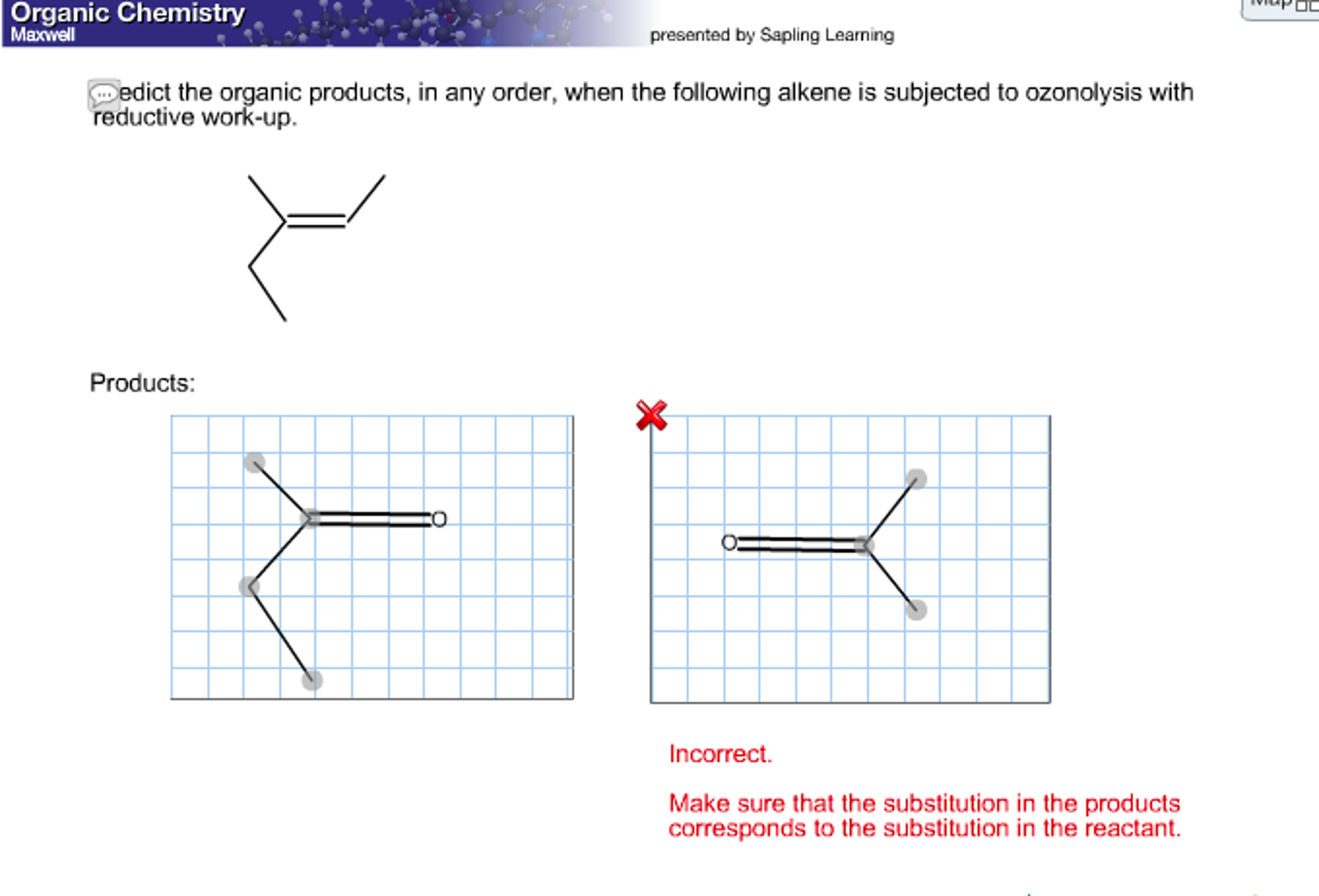
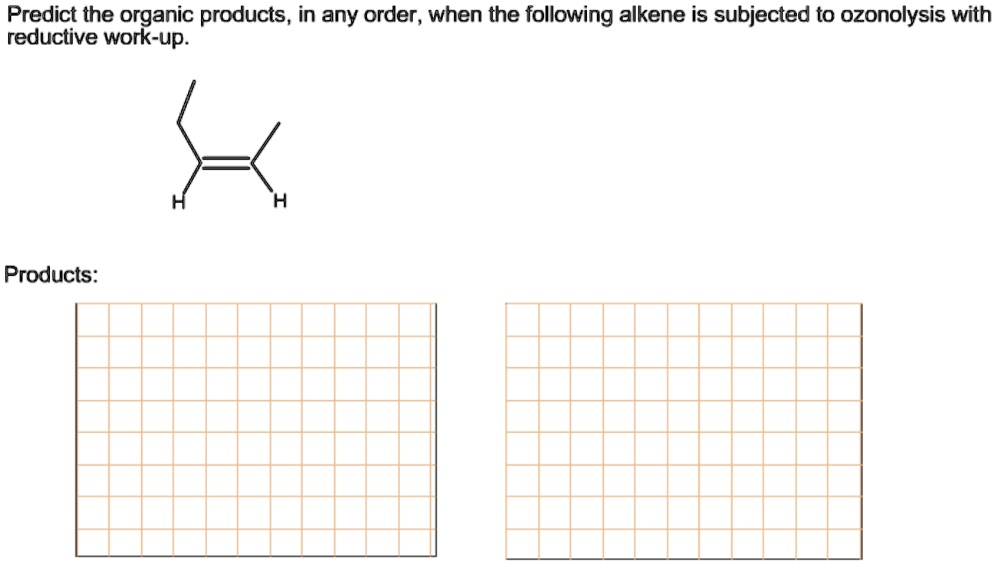

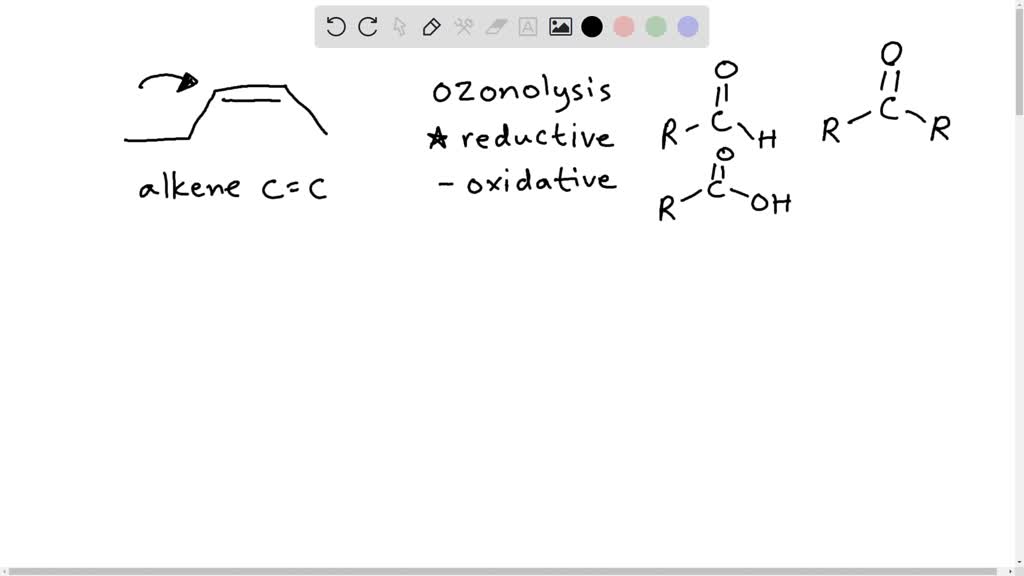
![Predict The Organic Products In Any Order [GET ANSWER] predict the organic products in any order when the alkene](https://cdn.numerade.com/ask_images/7e4ec9bea0c94aca84be7a7127fad599.jpg)
